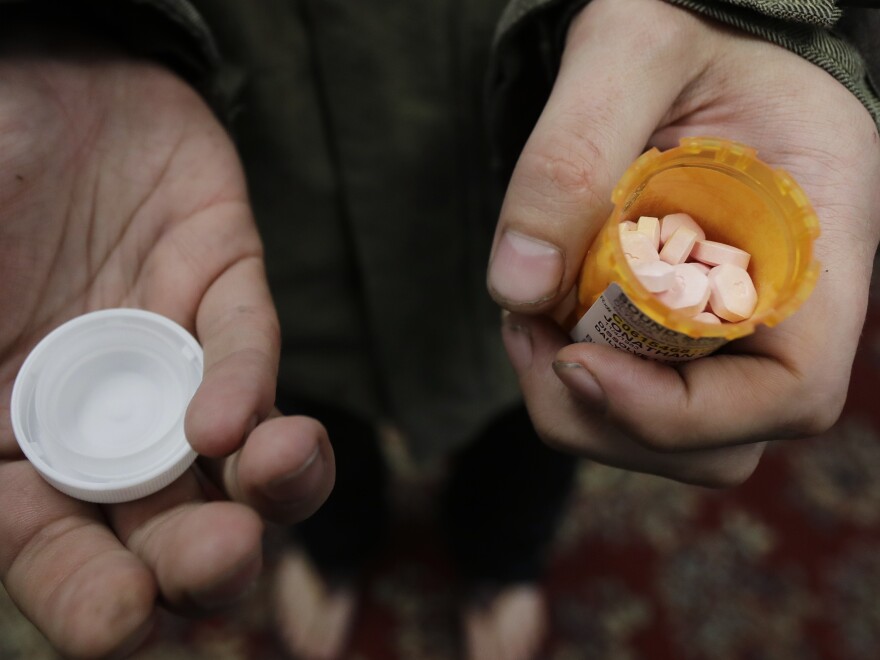Imagine if during a deadly public health crisis, 80% of Americans weren't able to get safe, effective medications proven to help people recover.
A study published Monday in the JAMA found that's exactly what's happening with the opioid crisis.
Nationwide, only one in five people with opioid use disorder receive the medications considered the gold standard for opioid treatment, such as methadone, buprenorphine or extended-release naltrexone.
All have been proven safe and effective at helping patients survive and recover. They're also relatively easy to prescribe, but many doctors choose not to do so.
"Failing to use safe and lifesaving medications is devastating for people denied evidence-based care," said Dr. Nora Volkow, director of the National Institute on Drug Abuse, which partnered on the study.
Experts say stigma about addiction and lack of training among physicians and other medical workers often limits use of these drugs.
According to the Food and Drug Administration, when these medications are used in combination with counseling and other therapies, they help reduce cravings for high-risk street drugs like heroin and fentanyl.
"Everyone who seeks treatment for an [opioid use disorder] should be offered access" to medications as well as other forms of treatments, the FDA concluded.
One 2018 study conducted in Massachusetts found use of methadone reduced overdose death rates by 59%, while buprenorphine reduced fatal drug deaths by 38%.
Despite overwhelming evidence that these medications save lives, doctors rarely use them.
This latest study found buprenorphine and methadone are "vastly underused," especially among specific groups: Women, Black adults, unemployed Americans and people living in cities were found to be most vulnerable.
"More than 80,000 people are dying of a drug overdose involving an opioid every year, while safe and effective medicines to treat opioid use disorder are sitting on the shelf unused," said Dr. Wilson Compton, deputy director of the National Institute on Drug Abuse and a senior author of the study, in a statement.
The Centers for Disease Control and Prevention collaborated on the research, which focused on roughly 47,000 Americans experiencing opioid addiction. The data was collected in 2021 as the fentanyl-opioid crisis was escalating.
Deaths from opioid overdoses topped 80,000 that year for the first time in U.S. history. Last year, they rose even higher, with nearly 83,000 fatal overdoses attributed to opioids in 2022.
This latest study points to one possible solution: It found people with opioid addiction who receive medical support via telehealth – through on-line or telephone consultations – were roughly 38 times more likely to be prescribed proper medications.
"This study adds to the growing evidence that telehealth services are an important strategy that could help us bridge this gap," Compton said.
A previous CDC study published in March in the journal JAMA Psychiatry offered similar evidence telehealth might be a game-changer, preventing many opioid-fentanyl overdoses.
Researchers also say the medical community has to address inequalities in the way people with addiction are treated in order to reduce overdose deaths.
Copyright 2023 NPR. To see more, visit https://www.npr.org.



